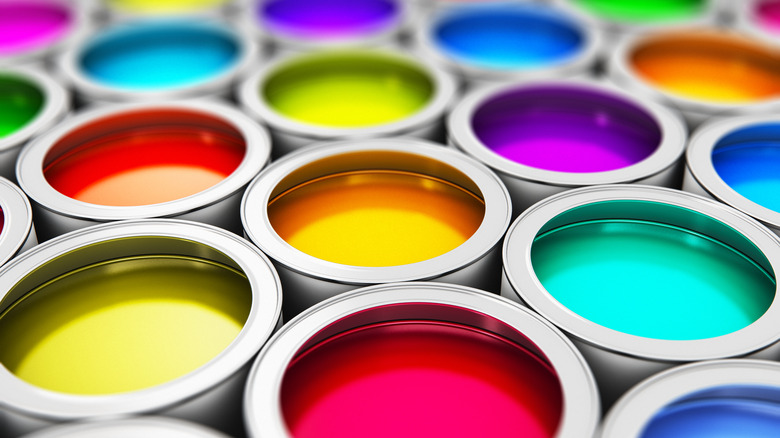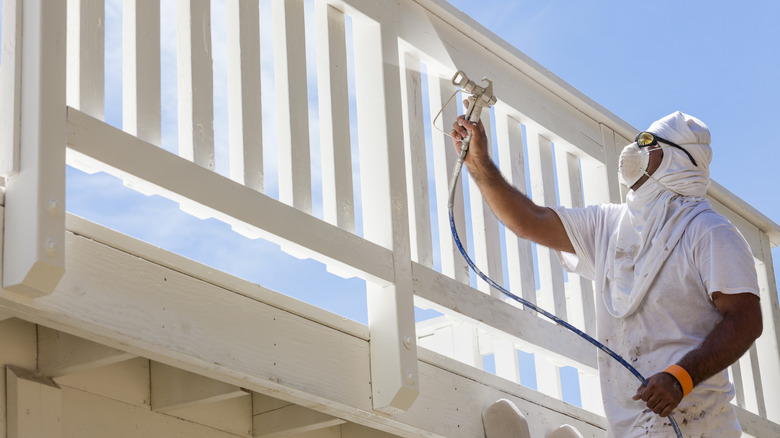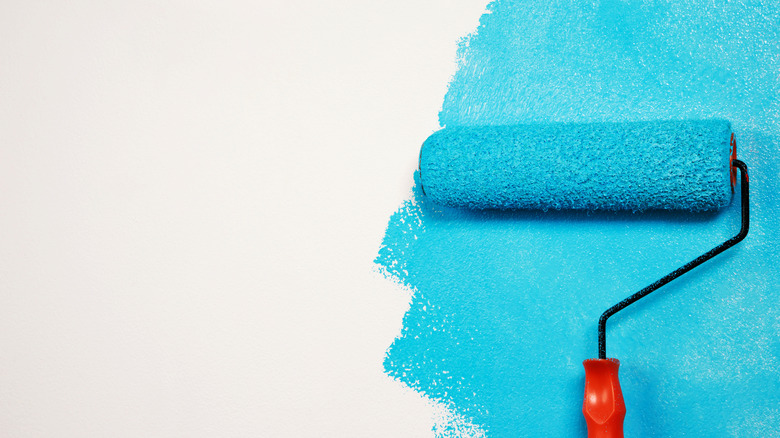When To Use A Paint Sprayer And When A Simple Roller Will Do The Trick
Paint projects can seem daunting, especially if you're new to painting or if you don't have much experience. But with the right tools, even the toughest DIY paint job can be made easier. You'll want to ask yourself several questions before determining what equipment is needed. Is this an interior or exterior project? Are there a lot of physical obstacles like furniture that will need to be moved or covered with plastic before you begin? What's your budget and do you already have some of the tools necessary to complete the job? How much time do you have to get everything done?
Depending on the answers to these questions, there are certain situations that call for a paint roller vs a paint sprayer and vice versa. Some things to consider are hard-to-reach areas, intricate or cosmetic details that will need special attention, and the weather. Also, paint sprayers are costly and messy whereas rollers are disposable and less expensive, but the advantages and disadvantages don't stop there. Let's look closer at the pros and cons of each tool.
Paint sprayers create a professional finish
Once you get your hands on a paint sprayer, you'll want to use it on everything. But there are jobs that are meant to be handled by this tool, and there are jobs that need the precision of a brush or roller. With a sprayer, there are no brush strokes to be seen since paint is spread evenly on surfaces like window shutters and stair balusters with ease. Plus, their ability to atomize the liquid into a fine mist creates an extremely smooth finish that's important when attention to detail counts — think cabinets or furniture restoration projects where minor imperfections simply won't do. Although paint sprayers use about 33 % more paint than rollers, they make perfect sense for projects when uniformity, efficiency, and effectiveness matter. Just remember that to prevent costly sprayer damage, it's important to clean the equipment right away.
Exterior walls are almost always sprayed while interior walls are usually only sprayed in newly built homes or those that are empty. When professional painters use a paint sprayer to quickly cover large surfaces in an almost-finished home, they also make sure their work measures up by backrolling –- using a roller over the freshly painted area to ensure no drips and lines, as well as create texture on the wall for easy touch-ups later down the line. As it's inevitable that walls go through wear during construction and move-ins, this two-step system helps save time when repairs are needed.
Paint rollers still rule the DIY realm
Whether you're repainting a single room or giving your entire house a new look, one of the most important tools you need to make sure the job is done right is a paint roller. Paint rollers have been around for decades, and they're still one of the most popular tools for painting because they allow you to cover large surface areas quickly and easily without the cloud of overspray created with a sprayer. Nice, clean lines are easily achievable and almost anyone can learn to use one properly.
Roller covers (also called roller brushes or roller skins) come in various textures and sizes, so paint coverage over any surface is usually achievable. One downside is that rollers can't get into tight areas and corners like a sprayer, so a paintbrush is usually a secondary tool to have on hand. Cleanup is easy because they're disposable, reasonably inexpensive, and easily replaceable. So, go with a roller if your project is indoors and the surroundings are too difficult to cover with plastic. Otherwise, use a sprayer if it makes sense and you can do so without making a mess.


